Sprouted lentils are a nutritious and delicious addition to any diet. They are versatile, easy to prepare, and packed with protein, fiber, and other essential nutrients. Whether you are a vegetarian, vegan, or simply looking to add more plant-based foods to your diet, sprouted lentils are a great choice.
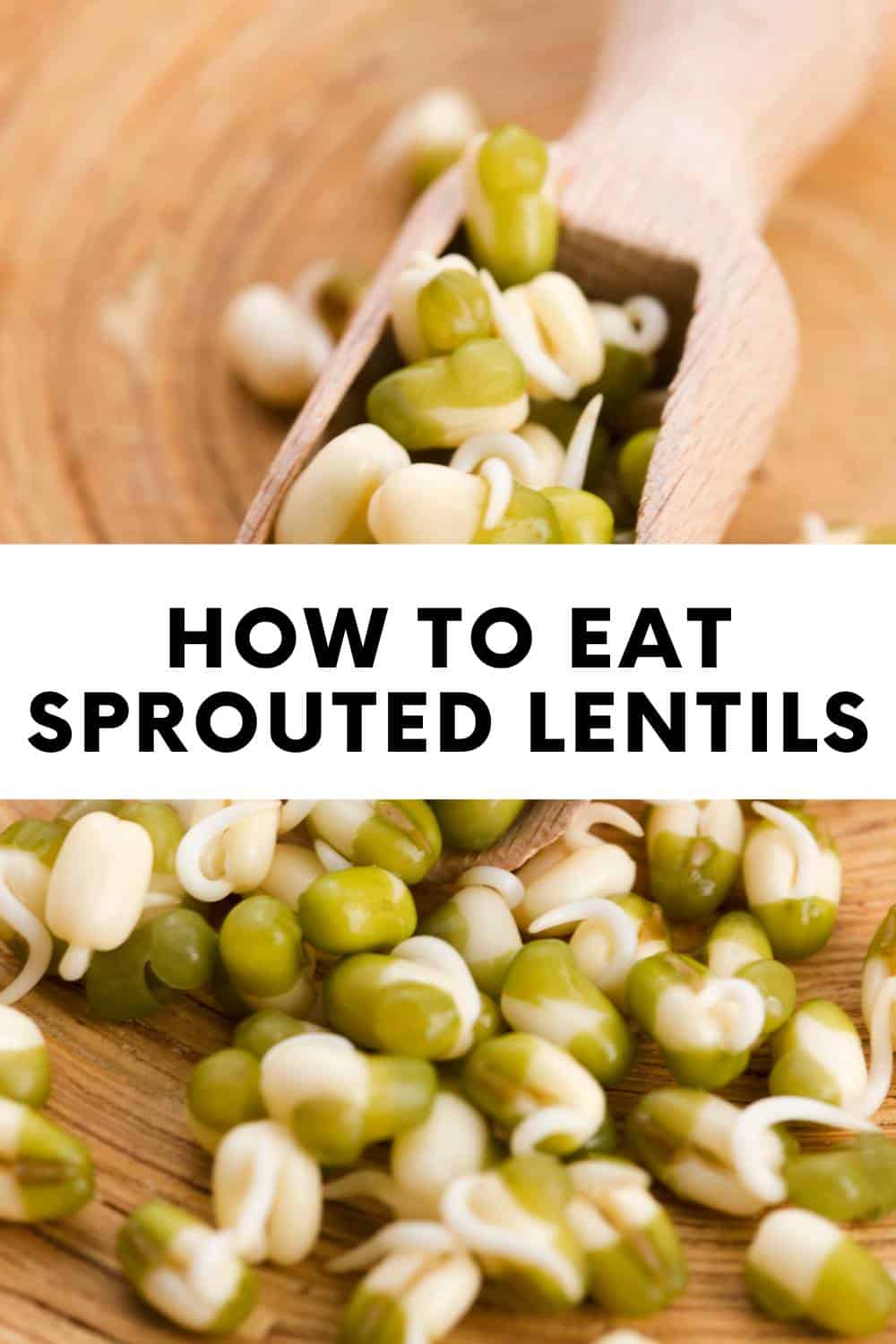
Jump to:
Understanding how to sprout lentils is the first step in incorporating them into your diet. Sprouting involves soaking lentils in water and allowing them to germinate, which increases their nutritional value and makes them easier to digest. Once sprouted, lentils can be eaten raw or cooked in a variety of ways, such as in salads, soups, stews, and more.
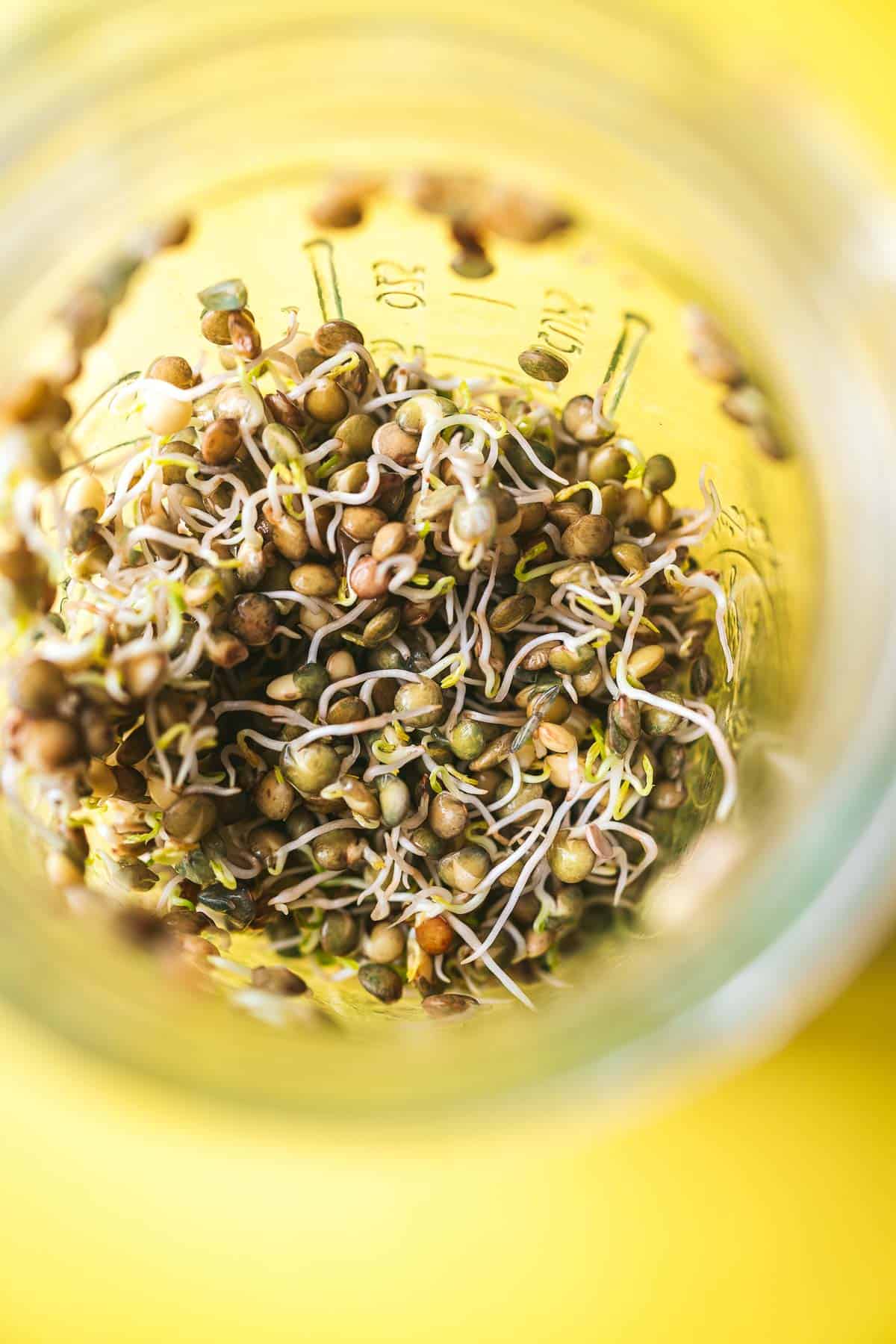
Key Takeaways
- Sprouted lentils are a nutritious and versatile addition to any diet.
- The sprouting process increases the nutritional value of lentils and makes them easier to digest.
- Sprouted lentils can be eaten raw or cooked in a variety of ways, making them a great choice for any meal.
Understanding Sprouted Lentils
Sprouted lentils are simply regular lentils that have been allowed to germinate and sprout. The germination process triggers a release of stored nutrients that the young shoot requires, making the nutritional benefits more prominent than those of the dried lentils.
There are different types of lentils, including green, red, and regular lentils, and all of them can be sprouted. Lentil sprouts are a great source of protein, fiber, and vitamins, and they are also low in calories. They are a great addition to a healthy diet and can be used in a variety of dishes.
The germination process of lentils involves soaking them in water for several hours and then draining them. This process activates enzymes in the lentils that break down starches and proteins and release nutrients. The lentils are then rinsed and drained several times a day until they sprout. The sprouts can be eaten raw or cooked.
Sprouted lentils have a milder flavor and a crunchy texture compared to cooked lentils. They can be used in salads, sandwiches, soups, and stews. They can also be blended into dips and spreads.
Sprouted lentils are similar to sprouted grains in terms of their nutritional benefits. They are a good source of protein, fiber, and vitamins, and they are also low in calories. They are also easier to digest than cooked lentils, making them a good option for people with digestive issues.
Overall, sprouted lentils are a nutritious and versatile ingredient that can be used in a variety of dishes. They are easy to prepare and can be enjoyed raw or cooked.
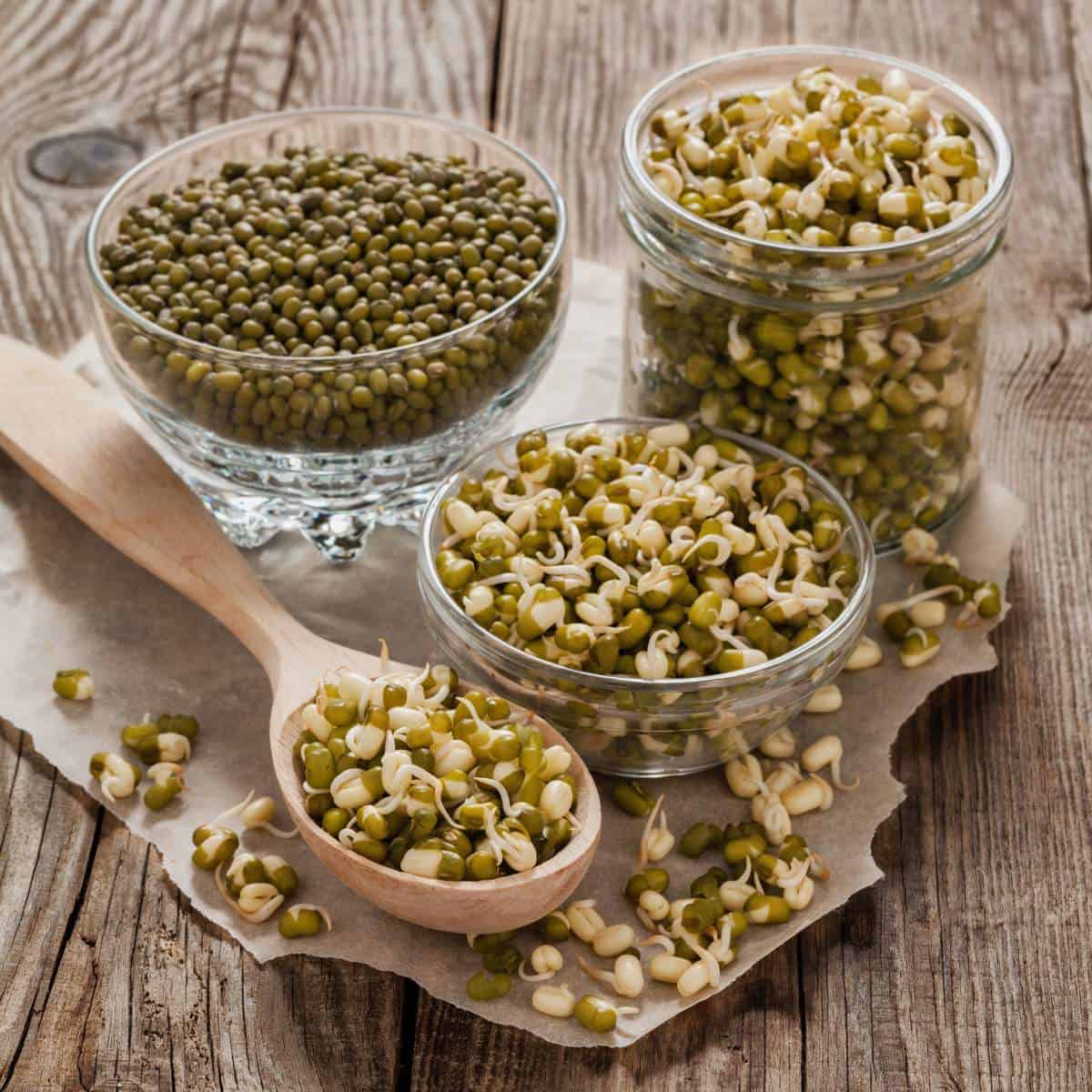
The Sprouting Process
Sprouting lentils is a simple and easy process that requires only a few steps. The first step is to rinse the lentils thoroughly in cold water to remove any debris or dirt. Then, place the lentils in a mason jar or glass jar and fill the jar with water, covering the lentils completely.
Next, cover the jar with a sprouting lid or a paper towel and secure it with a rubber band. Soak lentils overnight or for at least 8 hours. After the soaking period, drain the water from the jar and rinse the lentils with fresh water.
Repeat the rinsing and draining process twice a day for three to five days, or until the lentils have tiny green leaves and are fully sprouted. It is important to keep the jar out of direct sunlight during the sprouting process to avoid overheating.
Once the lentils are fully sprouted, they can be eaten raw, steamed, or cooked. They can be added to salads, curries, sandwiches, and more. Sprouted lentils offer various health benefits, including high fiber content and increased nutrient absorption.
Overall, sprouting lentils is an easy and nutritious way to add variety to your meals. With just a few simple steps, you can enjoy the delicious taste and health benefits of sprouted lentils.

Health Benefits of Sprouted Lentils
Sprouted lentils are a great source of protein, vitamins, minerals, and fiber. They offer a variety of health benefits that can improve overall well-being. Here are some of the nutritional benefits of sprouted lentils:
High in Nutrients
Sprouted lentils are packed with essential nutrients such as iron, potassium, magnesium, calcium, and B vitamins. According to the Harvard T.H. Chan School of Public Health, sprouted lentils contain 77 g of folate, a B vitamin, which is crucial to iron production and in making new cells. They are also high in potassium, which is necessary for muscle function and the healthy functioning of the heart. Sprouted lentils also contain magnesium, which helps regulate blood pressure and maintain healthy bones.
Rich in Fiber
Sprouted lentils are an excellent source of dietary fiber, which promotes digestive health and can aid in weight management. One-half cup of cooked lentils contains 9 grams of fiber, according to the Cleveland Clinic. The fiber in sprouted lentils can also help regulate blood sugar levels.
Neutralizes Anti-Nutrients
Sprouting lentils can also neutralize anti-nutrients like phytic acid, making them easier to digest. According to Holy Peas, the process of sprouting increases the bioavailability of nutrients such as vitamins C and B, and minerals like iron, potassium, and magnesium.
Low in Sodium and Fat
Sprouted lentils are low in sodium, making them an excellent choice for people with high blood pressure. One-half cup of cooked lentils contains only 5 milligrams of sodium, according to the Cleveland Clinic. They are also low in fat, with only 0.5 grams of fat per one-half cup serving.
Overall, sprouted lentils are a nutritious and delicious addition to any diet. They offer a variety of health benefits and are versatile enough to be used in a variety of recipes.
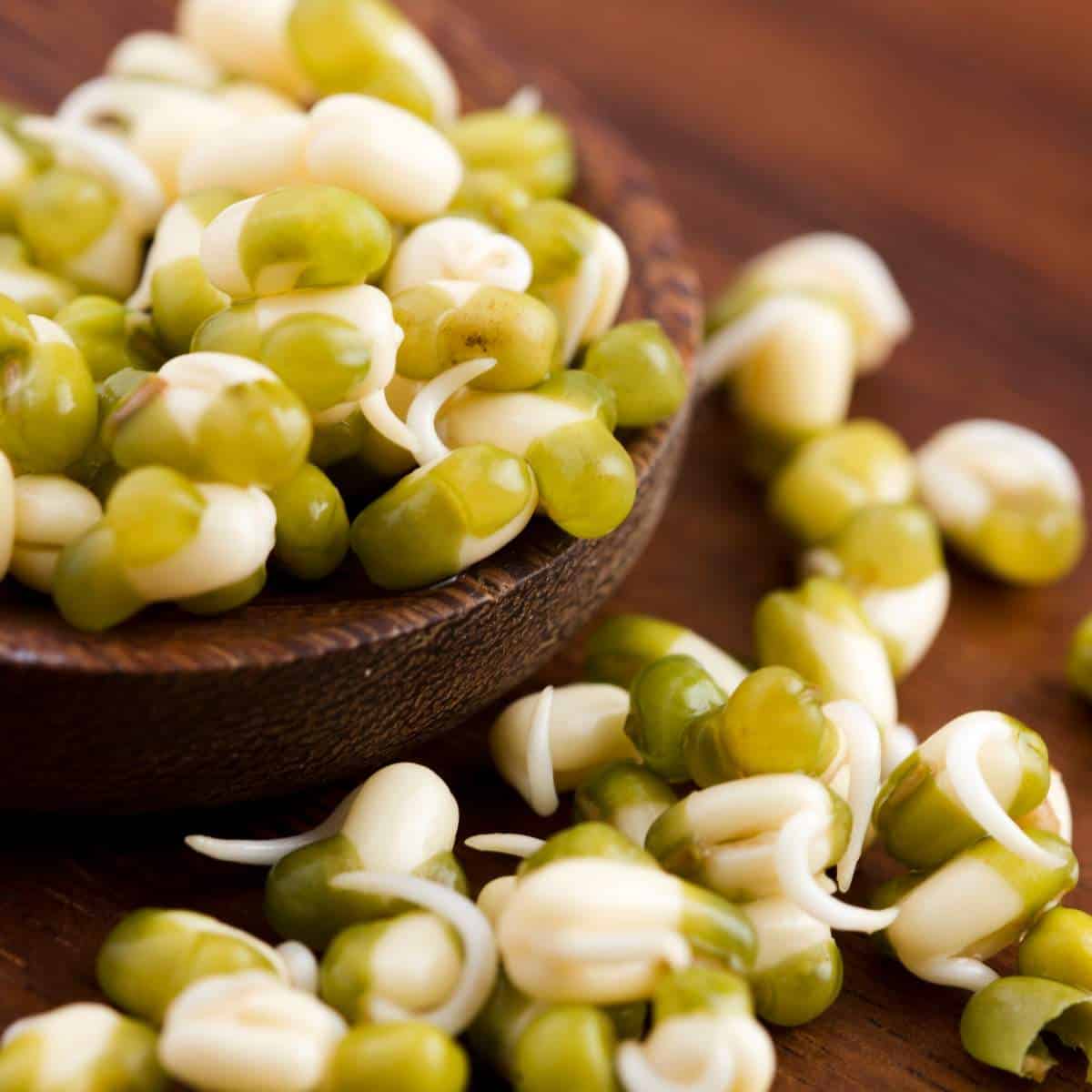
Culinary Uses of Sprouted Lentils
Sprouted lentils can be used in a variety of culinary dishes, both raw and cooked. They add a fresh, nutty flavor to salads, sandwiches, and stir-fry dishes. Here are some ideas for incorporating sprouted lentils into your cooking:
- Raw: Sprouted lentils can be eaten raw as a snack or added to a sprouted lentil salad for a crunchy texture. They pair well with fresh greens, tomatoes, and herbs.
- Cooked: Sprouted lentils can be cooked in lentil soup, curries, and Buddha bowls. They have a shorter cooking time than unsprouted lentils and can be added to dishes towards the end of the cooking process.
- Salads: Sprouted lentils make a great addition to salads. They can be combined with other raw veggies, such as carrots and cucumbers, and dressed with olive oil, garlic, and spices. They can also be used as a garnish for soups and stews.
- Sandwiches: Sprouted lentils can be used as a filling for sandwiches. They pair well with avocado, tomato, and pepper.
- Stir fry: Sprouted lentils can be stir-fried with other vegetables, such as bell peppers and broccoli. They add a nutty flavor and a crunchy texture to the dish.
Sprouted lentils are a great addition to a vegan diet, as they are a good source of protein and fiber. They can be used in place of other legumes, such as chickpeas and kidney beans, in recipes. Sprouted lentils also pair well with a variety of spices, such as cumin and coriander.
Overall, sprouted lentils are a versatile ingredient that can be used in a variety of dishes. They add a fresh, nutty flavor and a crunchy texture to salads, sandwiches, and stir-fry dishes.

Storage and Handling
Proper storage and handling of sprouted lentils are crucial to ensure their freshness and safety. Here are some tips to keep in mind:
- Refrigeration: Sprouted lentils should be stored in the refrigerator to maintain their freshness and prevent spoilage. Place them in an airtight container or a resealable plastic bag to keep them from drying out.
- Smell: Before storing sprouted lentils, make sure to check for any unpleasant odors. If they smell off or are moldy, discard them immediately.
- Cleanliness: Always wash your hands before handling sprouted lentils to avoid contamination. Also, make sure to clean all utensils and equipment thoroughly before using them.
- Shelf life: Sprouted lentils can last up to a week in the refrigerator. However, it's best to consume them within three to four days to ensure their freshness and quality.
- Freezing: If you're not planning to consume sprouted lentils within a week, you can freeze them for later use. Place them in an airtight container or a resealable plastic bag and freeze for up to three months.
By following these tips, you can ensure that your sprouted lentils remain fresh, safe, and delicious for longer.
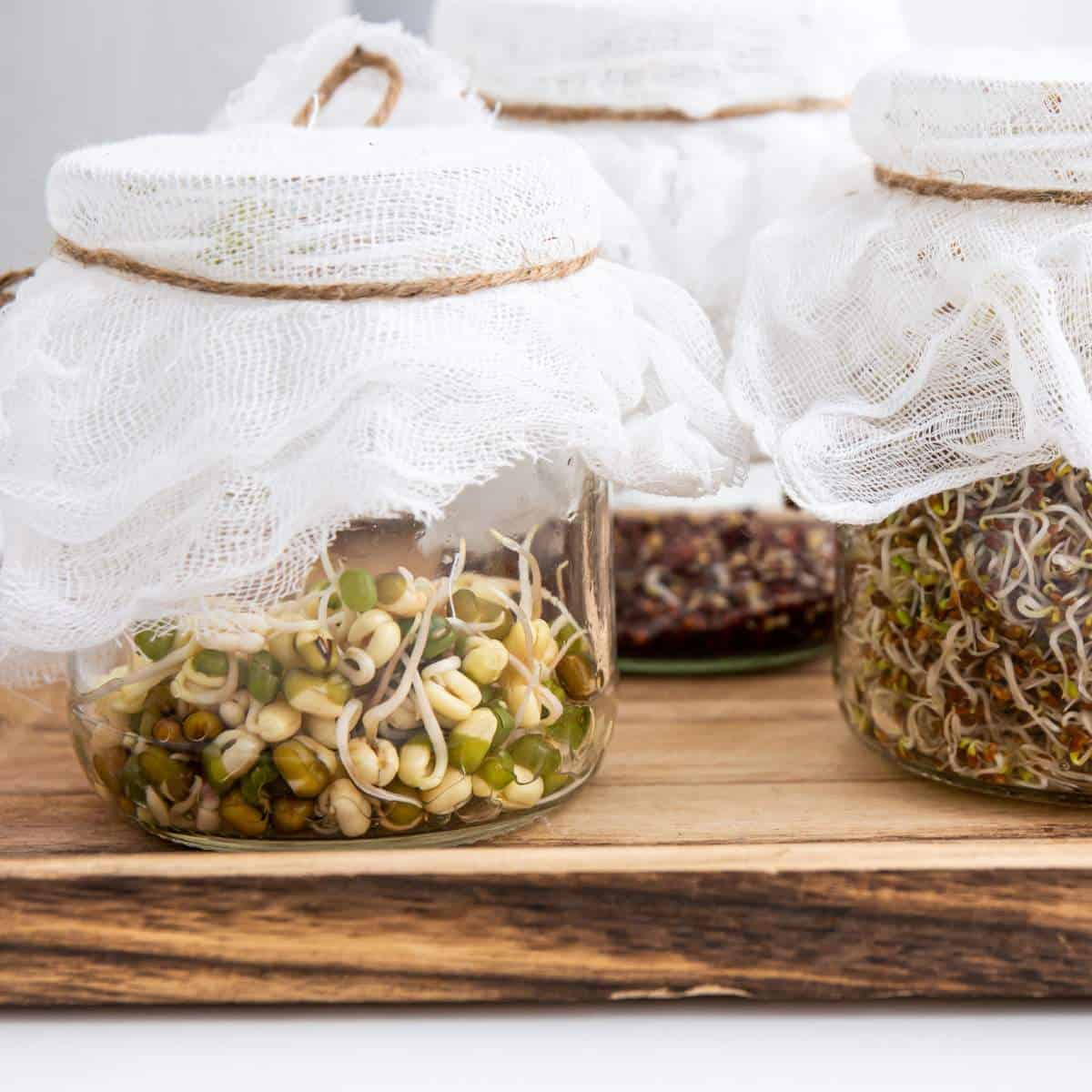
Tips and Tricks for Enjoying Sprouted Lentils
Sprouted lentils are a nutritious and delicious addition to any meal. Here are some tips and tricks for enjoying sprouted lentils:
Lightly Cooked or Raw
Sprouted lentils can be eaten raw or lightly cooked. The choice is a matter of personal preference. Raw sprouted lentils add a crunchy texture to salads, while lightly cooked sprouted lentils have a softer texture and a more subtle flavor.
Growing Your Own Sprouts
Growing your own sprouts is easy and fun. All you need is a mesh strainer or a mesh cloth, some water, and lentil seeds. Rinse the lentils thoroughly and soak them overnight in water. Drain the water and rinse the lentils twice a day until they sprout.
Digestion and Metabolism
Sprouted lentils are easy to digest and can help boost your metabolism. They are also a good source of energy and can help regulate your energy levels throughout the day.
Flavors and Textures
Sprouted lentils have a slightly peppery taste that combines well with fresh greens, lemon juice, and salt. They also add a crunchy texture to dishes. Experiment with different flavors and textures to find what you like best.
Cleaning and Storage
Before eating sprouted lentils, make sure to rinse them thoroughly to remove any dirt or debris. Store them in an airtight container in the refrigerator for up to five days.
Overall, sprouted lentils are a healthy and tasty addition to any meal. Experiment with different cooking methods, flavors, and textures to find what works best for you.








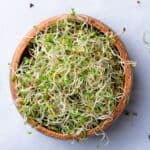





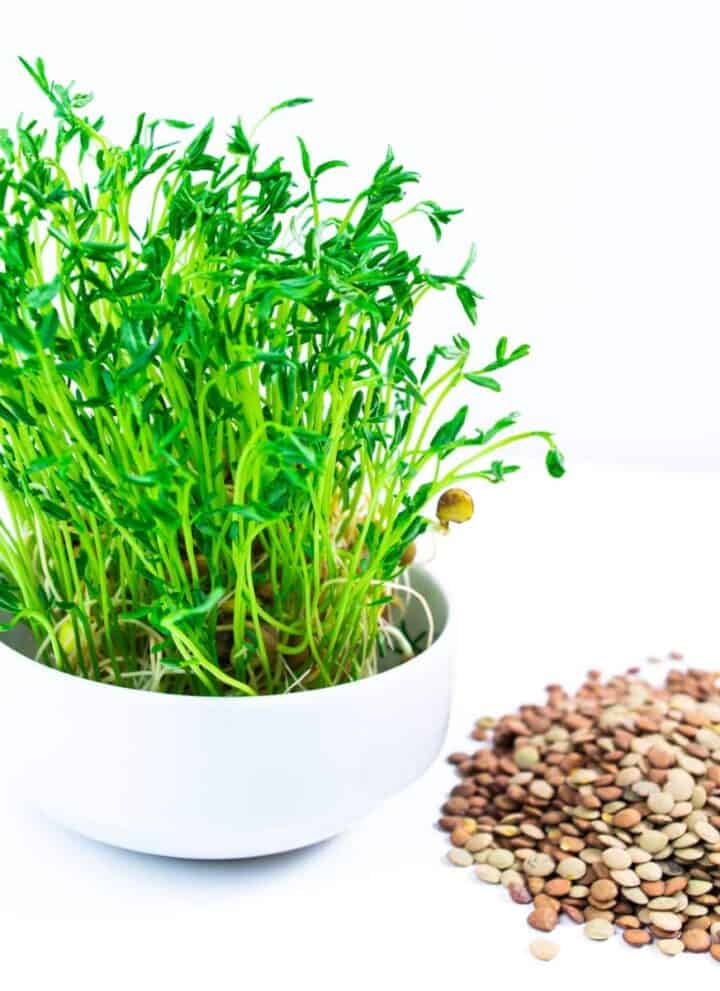

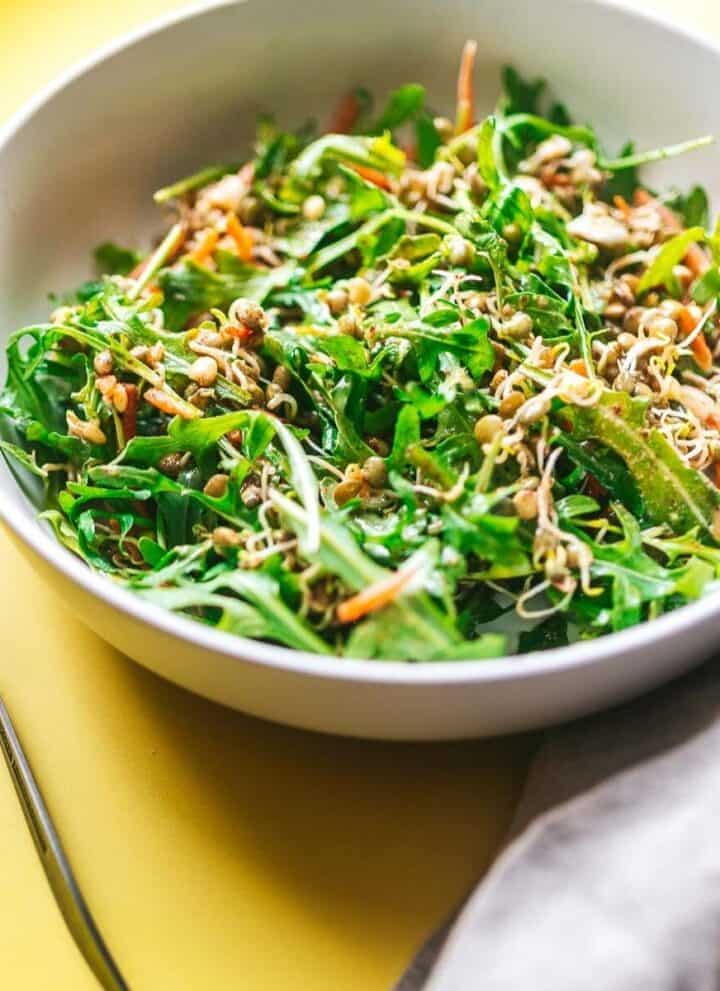
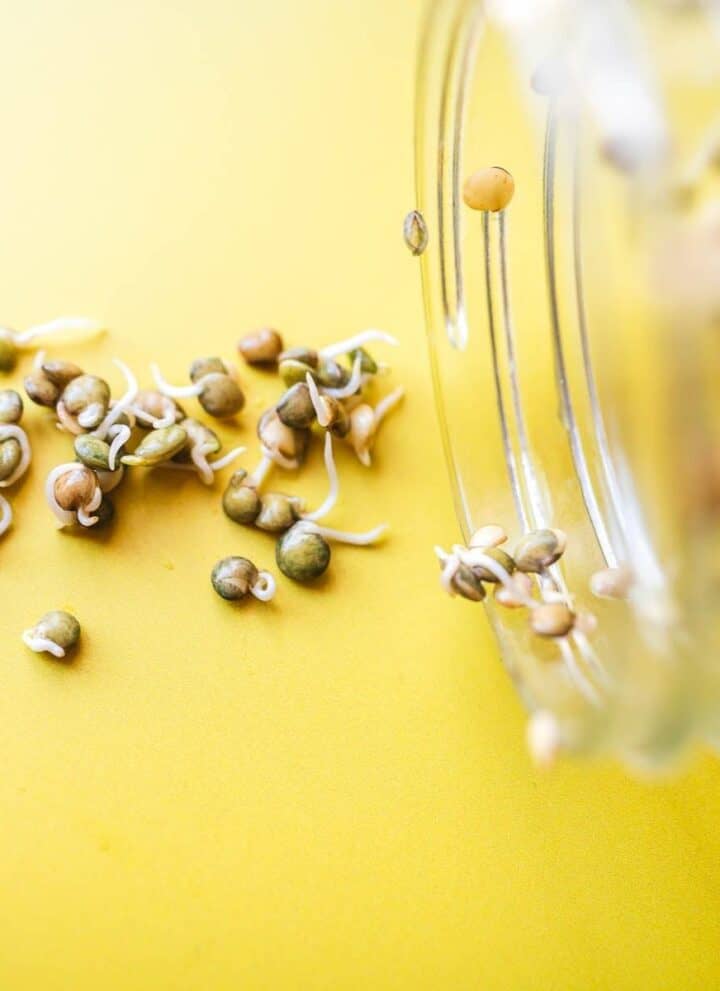
Ruby says
Personally, I love to eat sprouted lentils lightly cooked, so yeah hehe! Anyway, thanks for sharing this informative info about spouted lentils 🙂